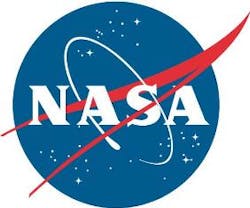NASA to launch first-of-its-kind satellite to measure Earth's soil moisture
WASHINGTON, DC, Jan. 12, 2015 – NASA has announced that its Soil Moisture Active Passive (SMAP) mission, an orbiting satellite designed to measure the amount of water in soil across the globe, will launch from Vandenberg Air Force Base in California on Thursday, Jan. 29.
SMAP is expected to provide the most accurate, highest-resolution global measurements of soil moisture ever obtained from space and essentially determine freeze/thaw conditions of the ground in many areas. Further, the observatory will map the globe every two to three days for three years and analyze water in the top 5 cm (2 inches) of soil.
Serving as NASA's first Earth-observing satellite mission designed to collect resourceful information on this moisture and its phase transitions, SMAP will collect data that has broad applications for science and society, according to the Administration's website.
This information will be used to enhance scientists' understanding of the processes that link the planet's water, energy and carbon cycles. It will also help improve weather forecasts, monitor drought, predict floods, and assist with crop productivity, ultimately helping water industry leaders enhance water quality and safeguard water resources.
According to NASA's website, the satellite will be able to monitor water and energy fluxes while peering through a variety of potential obstructions, including clouds, vegetation and different surface elements.
SMAP is the last of five NASA Earth science missions scheduled for launch within a 12-month period. On Thursday, Jan. 8, the Administration held a media briefing at the James E. Webb Auditorium at NASA Headquarters in Washington, D.C., to discuss the project and its launch at the end of the month. The briefings were broadcast live on NASA Television and streamed on its website.
All information was found at NASA's website and can be accessed at the following locations:
See also:
"NASA satellites detect possible disastrous flooding months in advance, finds research"
###

